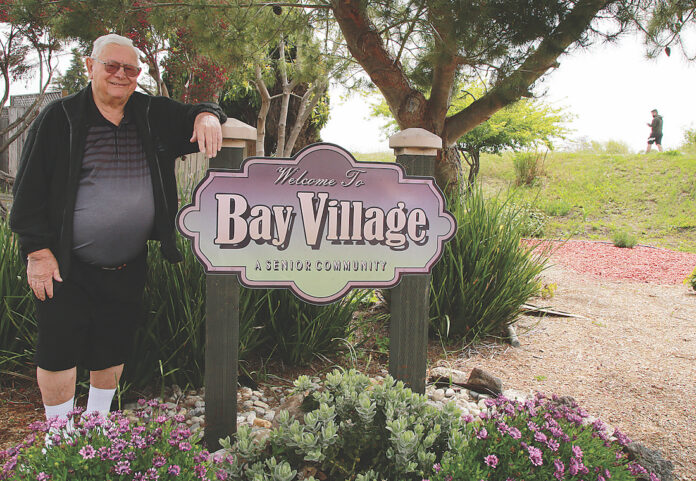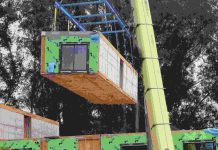
WATSONVILLE—Ballots have now been mailed out to roughly 3,000 people who own property in the Pajaro River floodplain, and the fate of a $400 million levee restoration project is in their hands.
They must decide whether they support a property tax assessment that will pay for the annual $1.2 million in maintenance and operations costs needed for the project.
If it passes, the Army Corps of Engineers would begin work on the levee around 2025. Once completed, the levee will offer up to 100-year protection to the area that has been beset by decades of damaging floods that have decimated crops and severely damaged homes.
But if residents say no, much of the funding—which came thanks to years of wrangling by state and federal lawmakers—will be lost and the project stalled.
A small group of residents of the Bay Village older adult community gathered in Emil Yappert’s dining room Tuesday to discuss their concerns.
“The important thing to remember is that if there is no improvement on the levee, someday there is going to be a major flood and a lot of houses in Watsonville and Pajaro will be damaged,” he said. “I know that people are going to say that they can’t afford the assessment of a couple hundred dollars, but I’ll tell you, it’s a hell of a lot cheaper than flood insurance.”
Yappert says he pays $1,400 per year for insurance, a cost that could vanish once the project is finished and local leaders apply through the Federal Emergency Management Agency.
That would leave only the assessment, which the Pajaro Regional Flood Management Agency (PRFMA) says on average is about $192 per year for most property owners, but ultimately depends on several factors, including the size of the property.
Not everyone is on board with the assessment.
For some neighbors, the additional cost, coupled with flood insurance required for many of the residents, makes for an untenable situation.
Sandra Haven, who lives on Delta Way, says her $371 assessment is likely to rise annually and be a burden for the residents, many of whom are older adults living on fixed incomes.
Santa Cruz County Flood Control Manager Mark Strudley says that any increase—meant to mirror the Consumer Price Index—would have to be approved by the PRFMA. Increases are capped at 4% per year.
Haven acknowledges that the levee must be improved, and does not object to the assessment. But she questions why the PRFMA is asking for maintenance and operations funds for a project that has not yet begun.
“If they would just have just allowed us the courtesy of starting to collect this tax after we see some progress, that would be easier for me to swallow,” she said.
On this point, Strudley says that there are existing costs that must be met while the community waits for the project to commence.
Haven also worries that neighbors will have to endure years of construction that could affect property values.
But Yappert stresses that the question of property values is precisely what should urge a ‘yes’ vote.
“When I die, somebody is going to have to sell this house,” he said. “And if the threat of a poor levee still exists, my heirs will receive less money for this house than if the levee is in good shape.”
The ballots are due by June 8. The PRFMA will announce the results in July.










